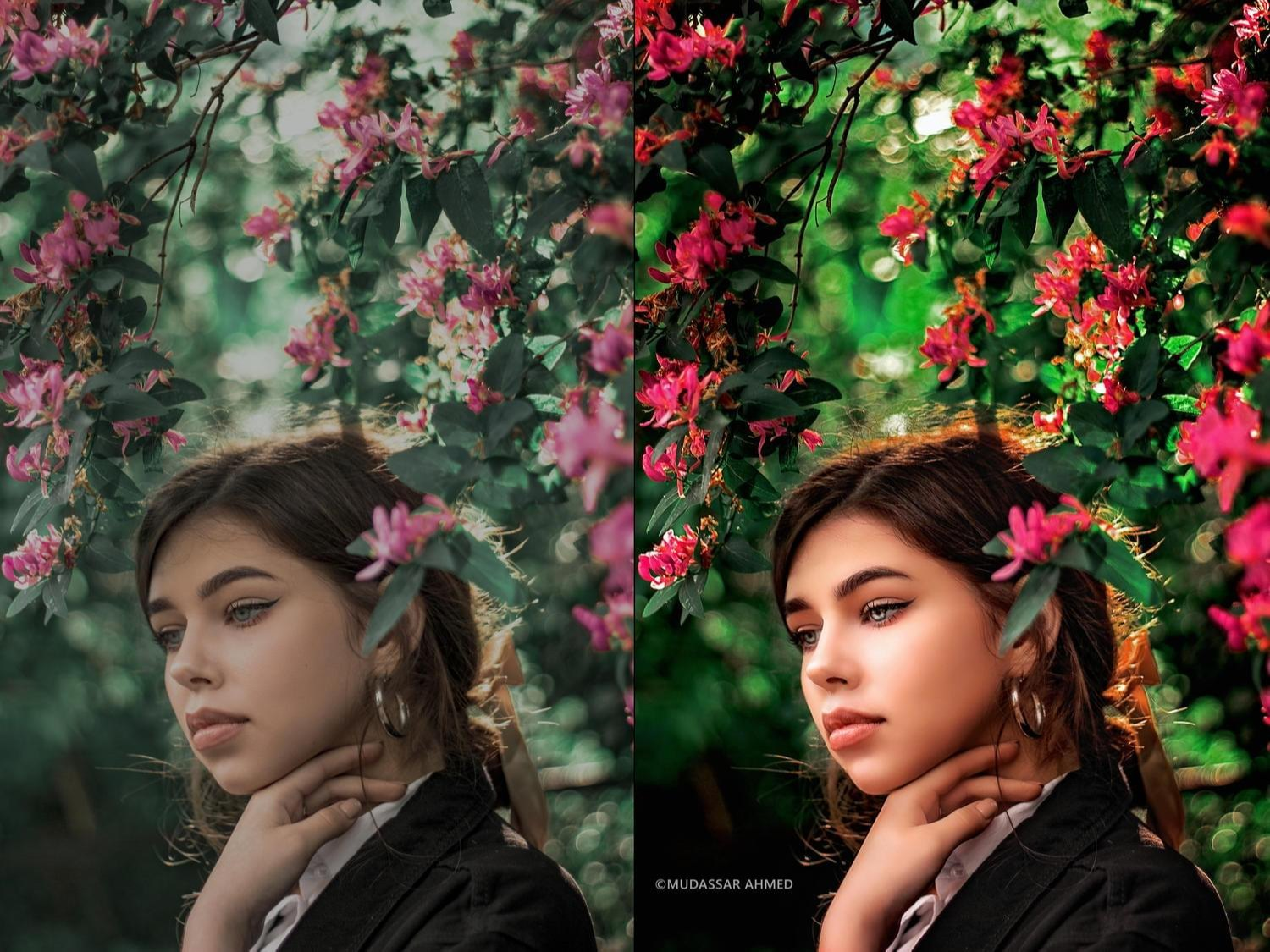Taking a shot is only half the tale in the digital age of photography; the real magic happens on the edit. Whatever the reason, whether you’re a professional photographer getting to grips with editing photography photos, or wondering how do I edit photos for Instagram, or your website, learning how to edit photos is a vital skill for producing powerful, polished images.
This guide will take you through the essentials of how to edit photos, from choosing great photos to edit and using beginner-friendly tools, to editing pictures step-by-step. We will also bring in PixelFox, a reliable free AI-driven image enhancer, retoucher, and editor that can help take your editing game a notch up right away.
Why Should You Learn How to Edit Photography Photos?
Editing is what takes a boring photo and makes it interesting. Whether you are adjusting lighting, changing color, fixing minor distractions, or bringing details to life, editing allows your creativity to shine. Why you should learn to edit photos in photography. How learning photo editing enhances your life:
Improve your social media aesthetics
Create a portfolio site or online store
Bring images to life with Perfect Enhancements for Portraits.
Make bad shots good with color, crop, or clarity adjustments
Develop your signature visual style
Today, even beginners can experience editing at its most approachable: Online, you can find easy-to-use tools and AI boosts for free.
Step 1: Begin with Good Photos to Edit.
Before you get to the editing process, choose good photos to edit, with strong composition, focus, and lighting. Editing is not about fixing everything; it is about improving what is strong.
Ideal photos to edit include:
Well-lit outdoor shots
Portraits with natural expressions
Still life, along with contrast, is for product photography
Scenery or Nature when there are clear skies
Candid moments with emotion
Pro tip: No blurry or super-dark photos, especially when you’re just starting.
Step 2: Select Your Editing Platform
So if you’re asking yourself How can I edit photos without Photoshop or other expensive software, fear not, there are dozens of free tools online. One of the easiest-to-use ones is PixelFox.
Why Use PixelFox?
PixelFox is an AI-powered image-editing app that can handle everything from colour correction to object removal. It’s the ideal app for beginners who are just learning how to modify photos, and for pros, who don’t need to spend hours in higher-end, complex software.
With PixelFox, you can:
Enhance brightness, contrast, and sharpness
Apply filters or art styles
Auto-correct exposure and white balance
Remove blemishes or unwanted objects
Retouch skin and smooth backgrounds
Resize, crop, or rotate instantly
It’s all accessible from your browser, with no special downloads needed.
Step 3: Simple Photo Editing for Dummies
Once you have your photo and tool, it’s time to get started. If you still don’t know how to edit photos, try this workflow for beginners:
Crop & Straighten
Remove unwanted edges and distractions.
Balance by applying the rule of thirds.
Rotate to correct for slightly tilted horizons.
Adjust Exposure & Brightness
Brighten underexposed images.
Reduce highlights if some part of the image is too bright.
Add contrast for sharper detail.
Color Correction
Switch it up to fit your mood with oscillating.
Boost vibrance for more color pop.
Balances blacks and whites for natural realism.
Sharpen & Denoise
Accentuate the features of a face or the lines of a building.
Minimize grains in low-light shots.
Retouching (Optional)
Remove blemishes or dust.
Retouch skin or background in portrait photos.
Edit out unwanted photobombs with AI object removal.
Step 4: Add Creative Touches
After your photo looks clean and sharp, you can get creative with enhancements. Here’s what you need to know about editing photos that reflect who you are:
Try to slap a filter or color grade for mood.
Focus using a vignette or blur.
Overlay text or graphic elements.
Duplicate these images in black & white.
Remember: Less is more. To that end, subtle adjustments often sound less amateur than slap-on filters.
Step 5: Save & Export
Save your last picture where it belongs:
JPEG for web or social media
PNG for transparency or logos
TIFF or RAW files for high-end or printing purposes
Ensure the resolution is at least high, especially if you plan to share the image professionally or print it. Export also high resolution for free users.
Guide to How You Can Edit Photos Better Over Time
Try with other types of pictures (portraits, cityscapes, flatlays)
Compare the before and after versions to see what works
Check out pro edits on Instagram, Behance, or Unsplash
Seek out the feedback of friends or mentors
Edit them to try out or follow along with a video tutorial
Just keep in mind that learning how to edit photos in photography is not an overnight thing. The more you do, the easier it gets.
Final Thoughts
Post-processing is a must in digital photography. Even the greatest photographers use editing to finish their vision. So whether you’re simply learning to edit photography photos for your blog, business, or hobby, you’ve got all the tools and know-how to get started.
With free, accessible-to-all platforms like PixelFox, learning how to tweak your photos has never been simpler. Begin practicing using some good photos to work on, and the editing steps below, and you will be on your way to amazing results before you know it.